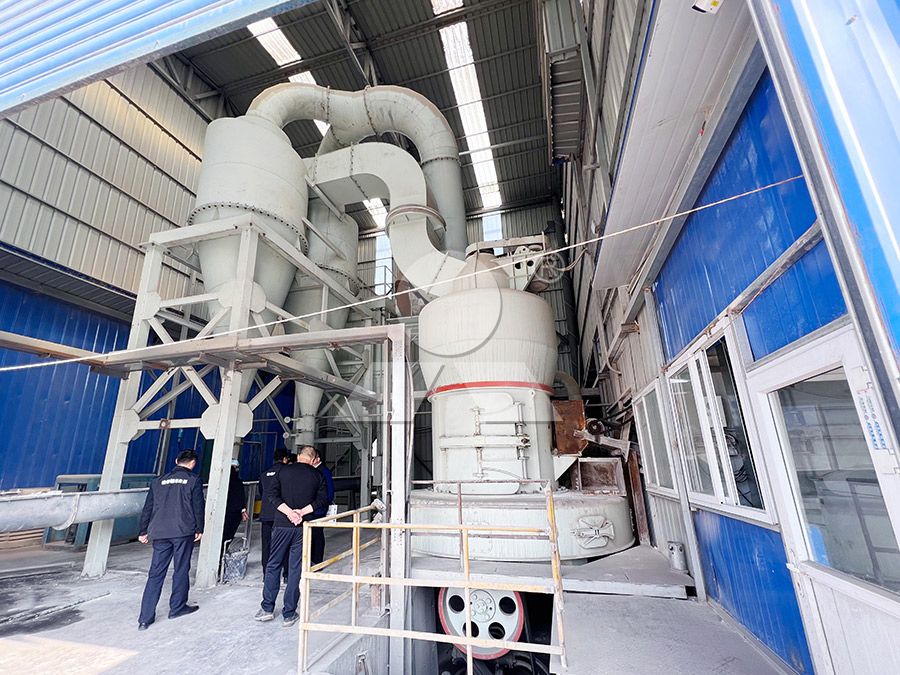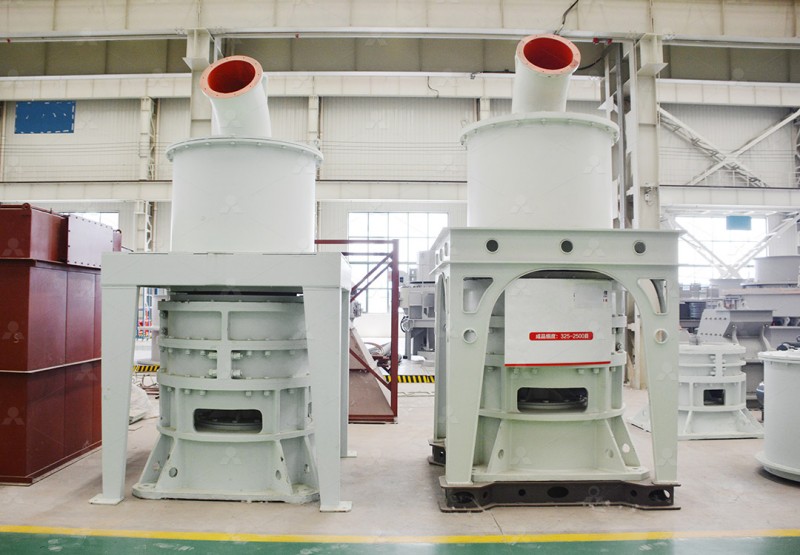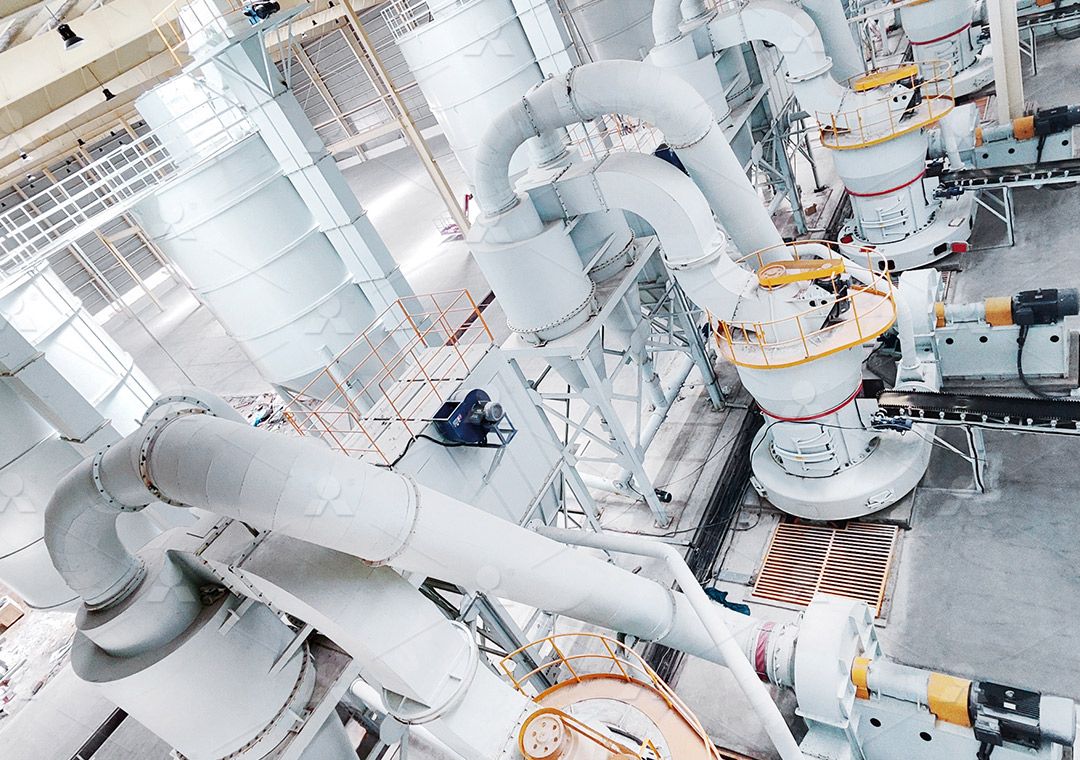Can a Calcium Carbonate Grinding Mill Produce Putty Powder?
Can a Calcium Carbonate Grinding Mill Produce Putty Powder?
This question frequently arises among professionals in the construction materials industry, and the answer is a resounding yes. The production of high-quality putty powder heavily relies on precisely ground calcium carbonate, making grinding mills essential equipment in this manufacturing process. However, not all grinding mills are created equal when it comes to meeting the specific requirements of putty powder production.
Putty powder, used extensively in construction for wall finishing and surface preparation, demands calcium carbonate with very specific characteristics. The material must be finely ground, chemically stable, and free from impurities that could affect its binding properties or final appearance. Achieving the optimal particle size distribution between 325 to 2500 meshes is crucial for creating a smooth, workable paste that adheres properly and provides a flawless finish.

The Critical Role of Particle Size in Putty Production
In putty powder manufacturing, particle size matters tremendously. Finer particles contribute to smoother application and better coverage, while consistent particle size distribution ensures uniform drying and reduced cracking. Traditional grinding methods often struggle to achieve the precise fineness control required for premium putty products. This is where advanced grinding technology makes a significant difference.
The grinding process must also maintain the chemical purity of calcium carbonate, as contaminants can affect the putty’s performance and longevity. Additionally, modern environmental regulations require dust-free operations, making the choice of grinding equipment even more critical for compliant manufacturing.
Advanced Grinding Solutions for Superior Putty Powder
Among the various options available, our MW Ultrafine Grinding Mill stands out as an exceptional choice for putty powder production. This advanced mill system offers several distinct advantages that directly address the challenges of putty powder manufacturing.
The MW Ultrafine Grinding Mill features an innovative design with higher yielding capacity and lower energy consumption compared to conventional grinding systems. With a capacity range of 0.5-25 tph and the ability to handle input sizes up to 20 mm, this machine provides the flexibility needed for various production scales. Its newly designed grinding curves of grinding roller and grinding ring enhance grinding efficiency significantly, achieving production capacity 40% higher than jet grinding mills while consuming only 30% of the energy.

Key Features Benefiting Putty Powder Production
What makes the MW Ultrafine Grinding Mill particularly suitable for putty powder production is its adjustable fineness between 325-2500 meshes. The cage-type powder selector, incorporating German technology, ensures precise powder separation accuracy. This capability allows manufacturers to fine-tune their product specifications according to market demands and application requirements.
The mill’s dust removal system, equipped with an efficient pulse collector, makes operations environmentally friendly—a crucial consideration in today’s regulated manufacturing environment. The absence of rolling bearings and screws in the grinding chamber eliminates concerns about bearing damage or machine failure due to loose screws, ensuring continuous 24-hour operation capability.
For operations requiring even higher precision and specialized vertical grinding configuration, our LUM Ultrafine Vertical Grinding Mill presents another excellent option. With input size capability of 0-10 mm and capacity ranging from 5-18 tph, this mill integrates the latest Taiwan grinding roller technology and German powder separating technology. Its unique roller shell and lining plate grinding curve design generates material layers more easily and achieves high rates of finished products through single-pass powder milling.
Practical Considerations for Putty Powder Manufacturers
When selecting grinding equipment for putty powder production, manufacturers should consider several practical factors beyond basic grinding capability. Maintenance requirements, operational costs, and compatibility with existing production lines all play significant roles in the decision-making process.
The MW Ultrafine Grinding Mill addresses these concerns through its external lubrication system, which allows lubrication without shutdown, and its digitalized processing that ensures high precision machining of core components. The availability of original spare parts and comprehensive technical support further ensures worry-free operation, minimizing production downtime.

Frequently Asked Questions
What fineness range is optimal for putty powder production?
The optimal fineness for putty powder typically ranges between 325 to 2500 meshes, depending on the specific application. The MW Ultrafine Grinding Mill can precisely control fineness within this range, allowing manufacturers to tailor their products to market requirements.
How does the MW Ultrafine Grinding Mill handle dust control?
The mill is equipped with an efficient pulse dust collector that eliminates dust pollution during operation. Combined with silencer and noise elimination features, the system operates fully in compliance with national environmental protection standards.
Can the same grinding mill process different types of calcium carbonate?
Yes, the MW Ultrafine Grinding Mill can process various forms of calcium carbonate, including limestone, calcite, and dolomite, making it versatile for different raw material sources and product formulations.
What maintenance features reduce operational downtime?
The absence of rolling bearings and screws in the grinding chamber, combined with external lubrication capability, allows for maintenance without production stoppage. The robust design minimizes wear part replacement frequency.
How does the energy consumption compare to traditional ball mills?
The MW Ultrafine Grinding Mill reduces energy consumption by approximately 30-40% compared to traditional ball mills while achieving higher production capacity and superior product quality.
